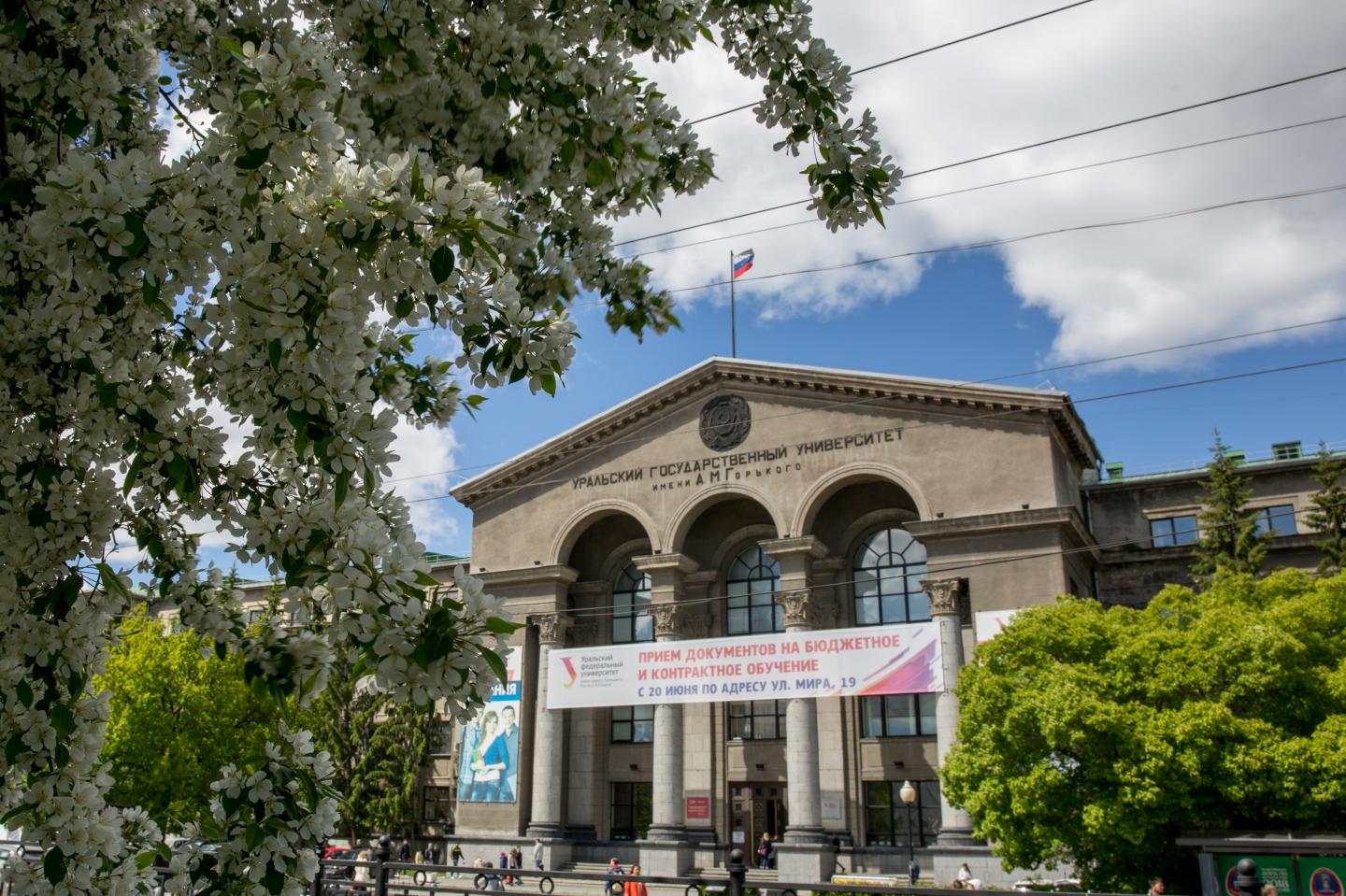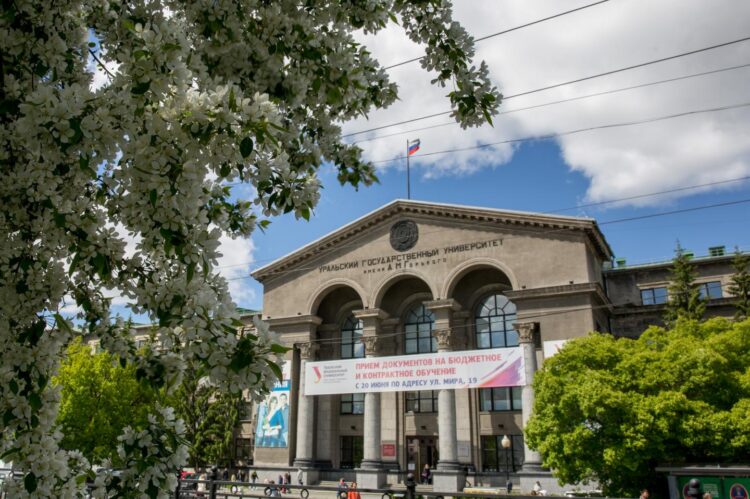Mathematician from Ural Federal University Yurii Averboukh, suggests new methods for solving optimal control problem of a group of objects by implementing the concept of dynamic stability by Krasovski and Subbotin

Credit: Ural Federal University
“We are surrounded by a huge number of systems – biological, technical, economic, which we can influence, which we can control. The task is to do it optimally, for example, reaching the desired point with a minimum of effort, resources, and time, – explains Prof. Yurii Averboukh. – From a mathematical point of view, the task is narrowed down to the theory of optimal control. A classic example of this theory is moon landing: fuel consumption optimization enables to increase cargo volumes transported to the moon”.
A special section of optimal control theory is the theory of differential games. It studies the control of one, several, or many objects in a conflict situation and based on current information about the behavior of the players – both leading (fleeing) and followers (catching up). Like the whole theory of optimal control, the theory of differential games is closely related to the theory of differential equations in partial derivative.
A strong connection between the theory of partial differential equations and differential games was established in the 1970s-1980s by the most prominent representatives of the Ural mathematical school, academicians Nikolai Krasovski, who developed the concept of stability, and Andrei Subbotin, who expressed the stability condition in the form of partial differential equations.
“The stability function is a function of the minimum guaranteed result of the «controlling» player. According to the Krasovski’s theory, we “force” our “fleeing” opponent, be it a person, a technical device, or forces of nature, to “tell” us about their managerial intentions. Based on this data and calculating the number of this player’s gains as a result of the game, you can estimate your own final gains. The situation when at the end of the game we do not make our results worse, corresponds to the stability condition – says Yurii Averboukh. – Since we understand what we will get in the end, the situation gets completely predictable. That is, the calculation of the stability function allows you to foresee and predict the result of the development of the situation and, consequently, to build a strategy for managing it.”
“The genius of the approach of Academicians Krasovski and Subbotin is that having developed the so-called strategy of extreme shift, they showed how, knowing the” intentions “of the opposing player, in this case, the wind, who is ready to” tell “about his plans to control the plane (let’s call such a player “Stupid”, “dummy”), play against the “smart”, “malicious”, that is, the real wind. Thus, to fulfill the stability condition, it is enough to play against the “dummy” wind, and to play against the “smart” player, the real wind, you need to calculate the stability function by solving the partial differential equations,” continues Prof. Yurii Averboukh.
The scientist, in turn, wondered: is the Krasovski-Subbotin’s concept of stability applicable to the situation of managing a large number of similar objects. In his article published in the Journal of Mathematical Analysis and Applications, Prof. Averboukh substantiated a positive answer to this question. He showed how the solution looks in the form of partial differential equations.
“The matter turned out to be not easy: after all, we are dealing with many agents, assuming that their number is infinite, like the number of molecules in the air. To ensure that all the objects act in a consistent manner, each of them needs to be shown how to manage it. At the same time, we assume that a separate object acts without “recognizing” the others separately, but perceiving them as an “impersonal” mass, that is, in the so-called “middle field,” says Yurii Averboukh. “The use of the description language of measures (shares) that gives an idea of the density of objects within the boundaries of a certain area, allowed us to cope with this problem”.
The most obvious practical application of the research results of Yurii Averboukh today is the control of squadrons of unmanned aerial vehicles.
“Let’s imagine that the drones are tasked to divide themselves across the field at a given time and treating it from pests. In this case, the wind affects the drones. Having determined their density in a particular zone at the start from the ground (for example, it turns out that 20% of drones are concentrated in one area, and 80% in another) and calculating the stability function, we can, firstly, give the drones a command to distribute more uniformly, and, secondly, confidently predict that at a certain moment the error in their uniform distribution will be, say, 10%, after some time – 9%, and so on, and at the end – 5%, which will be an acceptable minimum value. That is, the solution to the stability function will show how to move the drones to take the optimal position over the field at the right time, “explains Yurii Averboukh.
In this case, the “dummy” we are playing against in PDEs is the “dumb” wind that “tells” how it will affect the drones. Knowing this and according to the Krasovsky-Subbotin extreme shift strategy, one can calculate how the “smart and evil” wind will act, that is, what effect it will have on drones in reality and, therefore, how they need to move in order not to worsen the result, but if possible improve it.
In the future, according to Yurii Averboukh, the same principles can be applied in the management of nanoparticles, for example, to transport drugs to a certain part of the body.
###
Media Contact
Evgeniya Saburova
[email protected]
Original Source
https:/





